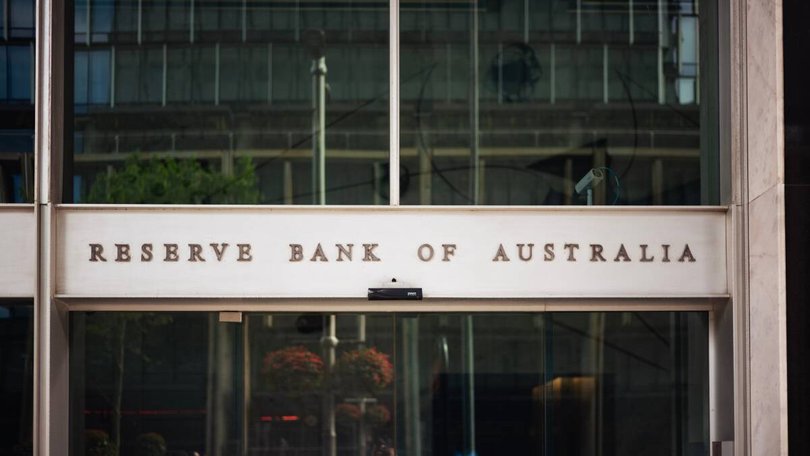Are more rate cuts finally here? What borrowers need to know

By Christian Stevens
After two years of aggressive interest rate hikes, the tide has already begun to turn for Aussie borrowers. The Reserve Bank has delivered two cuts so far in 2025, and markets are now pricing in a high likelihood of a third reduction as soon as July. That would reinforce the RBA's pivot from tightening to easing - and provide further relief for mortgage holders doing it tough.
Westpac is forecasting four cuts in total over the next 12 months, which could mark a significant shift in how lenders assess risk, borrowing capacity, and long-term affordability.
Sign up to The Nightly's newsletters.
Get the first look at the digital newspaper, curated daily stories and breaking headlines delivered to your inbox.
By continuing you agree to our Terms and Privacy Policy.What's behind the continued cuts?
Inflation is easing, the economy is cooling, and households are clearly feeling the pinch. Retail spending is soft, job ads are declining, and wage growth is losing steam. After two cuts earlier this year, the RBA appears committed to gently easing pressure without reigniting inflation risks.
As of mid-June, the ASX RBA Rate Indicator shows a growing consensus for a third cut in July. While not locked in, the odds are firming fast. Markets are increasingly confident that the easing cycle is well underway.
What another rate cut means for you
Each reduction in the cash rate lowers variable mortgage repayments. But beyond that, it improves serviceability calculations used by banks to determine how much you can borrow.
If Westpac's projection plays out, and we see four cuts within 12 months, we estimate the average borrower's capacity could rise by around 10%. For someone who qualifies for an $800,000 loan today, that could increase to roughly $880,000 - if lenders pass these cuts on in full.
That's a meaningful change - especially for those looking to upgrade, invest, or get into the market for the first time.
Timing the market vs. being ready
Markets don't wait for confirmation. Property values often start rising in anticipation of rate cuts - not after they've been fully delivered. So if you wait for the RBA to reach the end of its easing cycle, you might find yourself chasing rising prices.
Instead of trying to time the bottom, focus on financial readiness. That means having your pre-approvals sorted, buffers in place, and your paperwork clean. Those prepared to act early typically benefit most.
Fixed vs. variable - what we're seeing
With the rate cut cycle now well underway, we're seeing almost every client favour variable loans to ride the easing wave. It gives them flexibility and positions them to benefit from each subsequent reduction.
The exception? High LVR borrowers - particularly first home buyers at 95% or above. In those cases, one- and two-year fixed rates are often cheaper than the current variable rates, making a fixed strategy more appealing in the short term.
A word of caution
Rate cuts are welcome news, but they're not a green light to stretch beyond your means. A temporary boost in borrowing capacity should be paired with disciplined budgeting and a long-term view. Markets move in cycles. Flexibility and financial resilience will always outperform blind optimism.
The next few months will likely define the mortgage and property landscape for years to come. With momentum building behind rate cuts, it's worth positioning yourself ahead of the curve.
For more information speak with Flint's residential mortgage specialists
Originally published as Are more rate cuts finally here? What borrowers need to know
